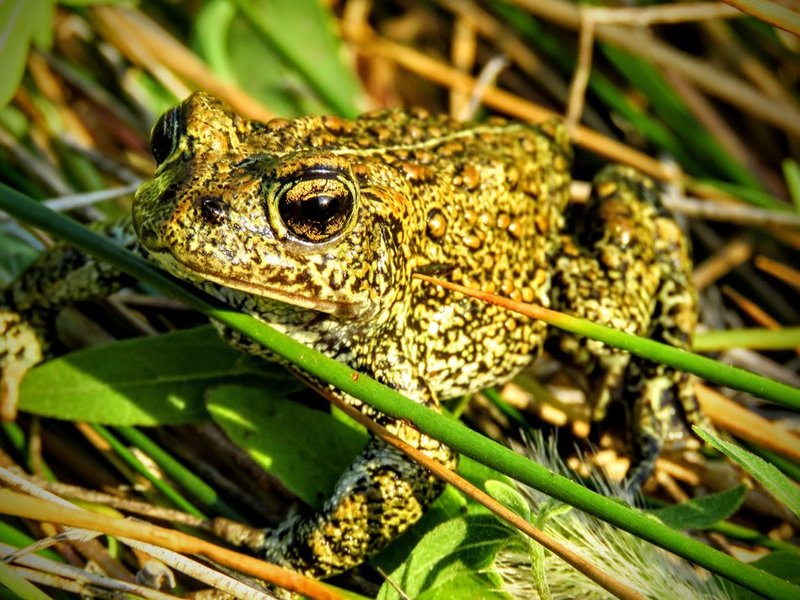For Immediate Release, April 7, 2022
|
Contact: |
Patrick Donnelly, Center for Biological Diversity, (702) 483-0449, pdonnelly@biologicaldiversity.org |
Lawsuit Launched to Stop Power Plant Construction, Save Nevada Toad After Endangered Species Listing
RENO, Nev.— The Fallon Paiute-Shoshone Tribe and the Center for Biological Diversity filed a formal notice of intent today to sue the U.S. Bureau of Land Management to halt construction of the Dixie Meadows geothermal power plant. Federal wildlife managers say the plant poses a significant risk of extinction to the Dixie Valley toad.
On Monday the U.S. Fish and Wildlife Service gave the toad, which lives only at the hot spring-fed Dixie Meadows in central Nevada, an emergency listing under the Endangered Species Act. In the emergency listing rule the Service said there was “a high degree of certainty that geothermal production will have severe, negative effects” on the springs the toad relies on for survival.
“The emergency federal protection is a crucial lifeline for Dixie Valley toads, but bulldozers are still digging up their habitat,” said Patrick Donnelly, Great Basin director at the Center. “It’s outrageous that the Bureau of Land Management is putting these animals at risk of extinction by allowing construction to continue. We’ll do everything possible to ensure the agency follows the law and protects these toads.”
Today’s legal action seeks to stop construction of the geothermal project and enforce the emergency listing’s requirement that the BLM, which approved the geothermal project, doesn’t jeopardize the endangered toad.
“The Tribe expects our federal trustee to fully comply with the endangered species act, and that means pausing construction and protecting the Dixie Valley toad,” said Fallon Paiute-Shoshone Tribal Chairwoman Cathi Tuni. “The Dixie Valley toad is an important part of the sacred Dixie Meadows hot springs site. Our Creator made the springs with the toad, as a connected whole. The Tribe expects BLM to take the steps necessary to protect this special creature and our cultural heritage.”
In 2017 the Center submitted an Endangered Species Act petition to protect the Dixie Valley toad. Despite concerns from federal and state wildlife managers, the BLM approved the geothermal project in December 2021.
The Center and the Fallon Paiute-Shoshone Tribe sued the agency shortly thereafter. A federal judge imposed a preliminary injunction to halt construction of the project by Ormat, the developer. In February the 9th U.S. Circuit Court of Appeals overturned the lower court without explaining its ruling. That case is pending.
The Dixie Valley toad was identified as a distinct species in 2017. It is the smallest of the Western toads, with an average length of just 2.2 inches. It has a unique coloration, with an olive-colored body covered in gold and rust-colored flecks. It is adapted to living in hot spring-fed wetlands, with the hot water providing a thermal refuge during the long, cold Great Basin winters.
“We’re pulling out all the stops to save this little toad from extinction,” said Donnelly. “Emergency listing was an important milestone, but it’s not over yet. We’re hopeful a judge will tell the BLM to halt construction of this project and put the toads out of harm’s way.”
The Dixie Valley toad is one of more than 200 species of plants and animals that live in Nevada and nowhere else in the world. Dozens of these native species are threatened with extinction.
Threats to Dixie Valley toads are part of a global extinction crisis. Scientists predict that more than 1 million species face extinction in coming decades.

The Center for Biological Diversity is a national, nonprofit conservation organization with more than 1.7 million members and online activists dedicated to the protection of endangered species and wild places.

